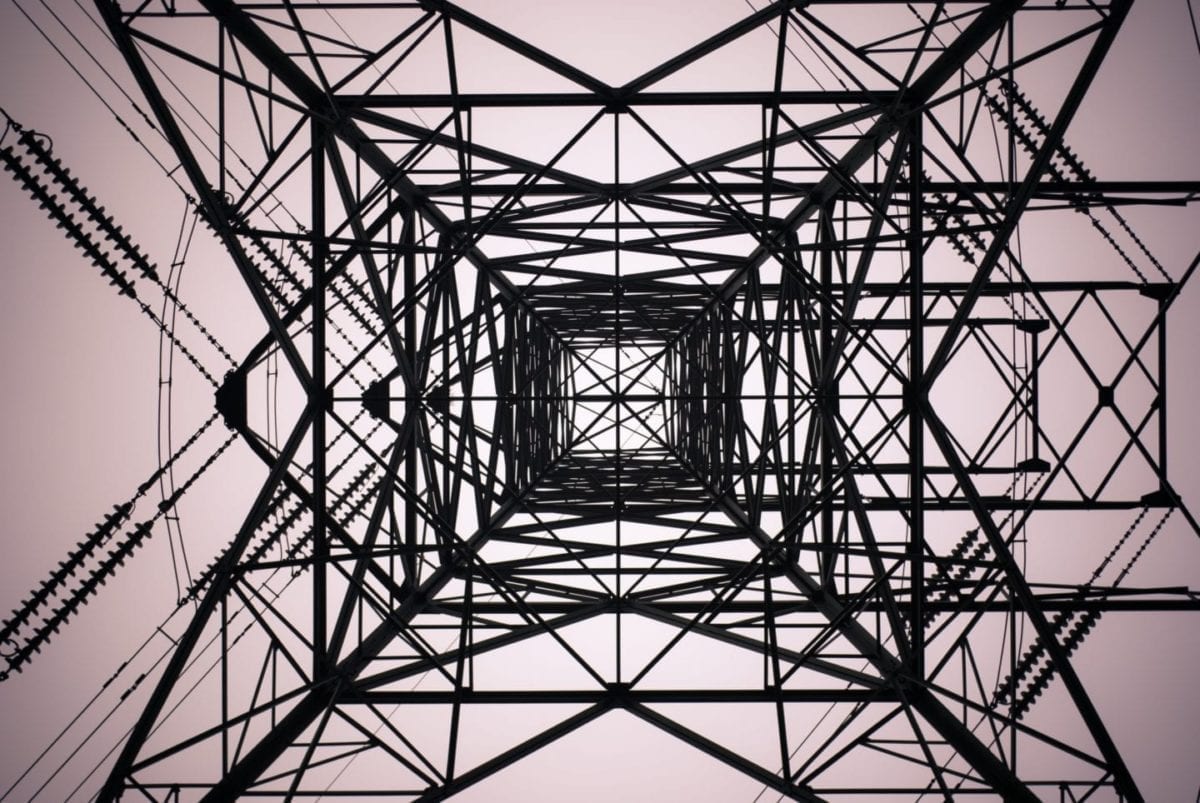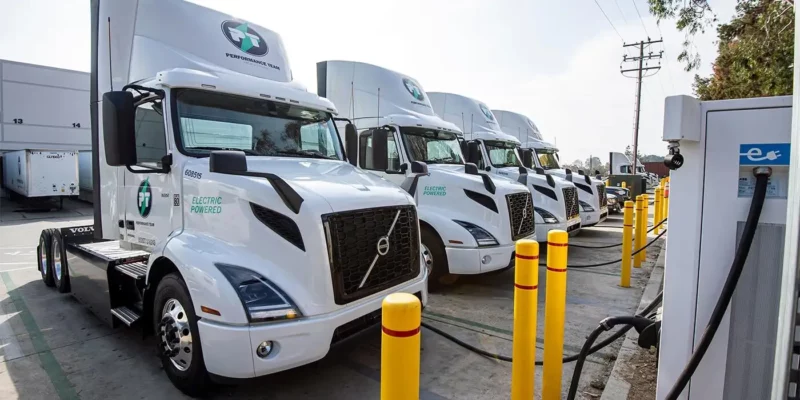News & Media

How Does Electricity Pricing Affect Fleet Electrification?
The electric grid transports electricity over power lines across often vast distances to its point of use. At any given moment, the amount of electricity on the grid must equal the amount of electricity requested by end-use consumers. The act of fueling an EV is as simple as plugging in a cell phone or hairdryer. However, the business of EV charging and management is more complex. Readers who want to transition their commercial fleets to battery electric vehicles face several total-cost-of-operation (TCO) considerations. Understanding the mechanics behind electricity pricing as well as which pricing factors can be controlled is a critical step towards optimizing, and minimizing, the long-term costs of fleet electrification.
How Electricity Pricing is Determined
The price a fleet owner pays for electricity is determined by several factors, including:
- Baseline and peak level of service required
- Time of day that electricity is consumed
- Site location
- Prices that generators charge utilities for their electricity
- Electric grid equipment cost
- Electric grid maintenance
- Extreme weather events
Accounting for these pricing factors makes the utility’s overall cost of distributing electricity to customers complex. For example, the per-kilowatt-hour price a utility pays to power generators can change by the minute and varies according to the fuel source (e.g., natural gas, nuclear, solar, or wind). Utilities factor these fluctuations in operating expenses into their suite of electricity prices which they then charge customers. Utilities will also calculate different per-kilowatt-prices for fixed rate structures than for time-of-use (TOU) structures. These prices and structures are updated only modestly several times every year and are subject to approval by a governing body.
Other electricity pricing elements that utilities commonly apply include fees for new equipment and for historical consumption patterns. On the equipment side, customers may be charged additional fees for meters installed on their site, or new equipment purchased to accommodate a significant service upgrade (such as for large-scale EV charging). On the demand side, customers may pay an extra fee if they require large quantities of power delivered at unusually fast rates. Geography can also affect a customer’s total electricity cost. For instance, a facility located in desert landscape with easy-to-maintain powerlines on a flat surface will have cheaper electricity costs than a facility located next to a wildfire-prone area in a mountainous region.
Rate Structures Can Shape the EV Transition
The cost to generate electricity varies over the course of a day, as does the amount of electricity demanded by a utility’s customer base. Utilities commonly offer customers two pricing packages, or rate structures, to account for these variations —a fixed rate and a time-of-use rate. An EV fleet’s rate structure is an essential factor of its TCO, and understanding the relationship between charging time and electricity cost can determine whether your project costs are net-positive or net-negative over the long term.
Under a fixed rate structure, a customer is charged a single price per kilowatt-hour regardless of their time of power consumption. By contrast, a TOU structure allows utilities to charge customers prices that are slightly more aligned with their actual operating costs at a given time of day. Most TOU structures apply a higher price per kilowatt-hour during designated peak periods, or times when the demand for power is high. At these times, per the principle that demand drives cost, utilities pay a higher price to buy the power that they need to meet customer demand. The price per kilowatt-hour then drops during off-peak periods, when the utility expects to purchase smaller amounts of cheaper power for fewer people. These periods may also coincide with, for instance, times when excessive solar is available on sunny afternoons.


